Latest News
U.S. Airstrikes in Afghanistan Are at Levels Not Seen Since Obama Troop Surge
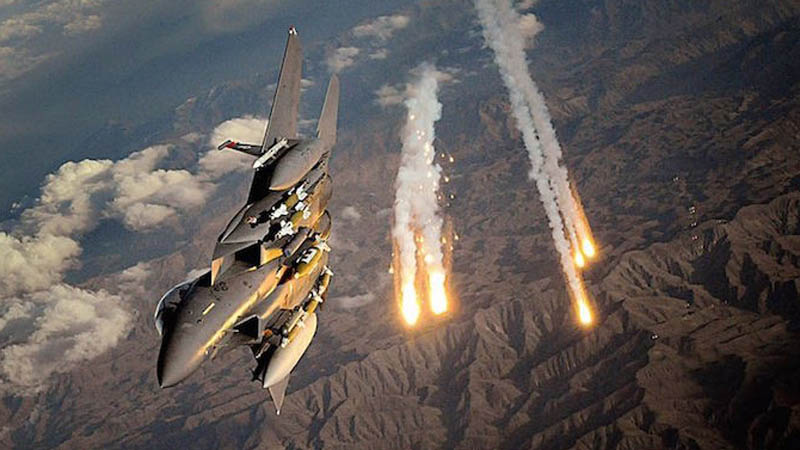
 The U.S. air war in Afghanistan has returned to a level of intensity not seen since American forces were still fanned out across the country and fighting Taliban militants in daily skirmishes in 2012, according to recently released military data.
The U.S. air war in Afghanistan has returned to a level of intensity not seen since American forces were still fanned out across the country and fighting Taliban militants in daily skirmishes in 2012, according to recently released military data.
As of June 30, U.S. and coalition aircraft had dropped or expended 1,634 munitions in Afghanistan so far this year, according to U.S. Air Force numbers. By comparison, in 2015 and 2016, that figure was 298 and 545 respectively.
The majority of this year’s strikes have been used to go after the Taliban, said Navy Capt. Bill Salvin, a spokesman for the U.S.-led mission in Afghanistan. A portion of the air support, however, has also been directed at terrorist groups such as the Islamic State.
The surge in U.S.-led air attacks comes as the Pentagon weighs whether to send thousands more troops into Afghanistan in a bid to reverse three years of steady gains by the Taliban. While Secretary of Defense Jim Mattis pledged to deliver a strategy to Congress this month, some lawmakers see any increase in support to what has become America’s longest running war as futile.
On Monday, a U.S. Marine unit in Helmand province — often known as the birthplace of the Taliban — said it had helped the Afghan Army retake a district center south of the provincial capital of Lashkar Gah and that the operation had been supported with “numerous” U.S. airstrikes. Earlier this month, Army Pfc Hansen B. Kirkpatrick was killed in the same area when an Army Special Forces team he was with came under accurate mortar fire. Two other soldiers were wounded. Though Afghan forces control some population centers in Helmand, the Taliban are able to move around almost completely unrestricted.
An April report released by Special Inspector General for Afghanistan Reconstruction indicated that Afghan forces control 60 percent of the country, up from 57 percent in November last year. That same report indicated the Taliban had gained a percentage point of ground, still putting the militants’ control of territory at its highest in the country since U.S. forces invaded the country in 2001. The rest, the report said, remains contested.
To help prevent further losses, then-President Obama gave the commander of U.S. forces in Afghanistan, Army Gen. John Nicholson, authority to go after the Taliban with airstrikes. Before the June 2016 decision, U.S. forces were only allowed to target the Taliban with air support when defending U.S. troops alongside their Afghan counterparts. The new powers, known as the “strategic effects authority,” were supposed to be used sparingly, during times when the U.S.-provided air support could effectively change the strategic outcome of a battle.
The renewed intensity of the U.S.-led air campaign, along with the burgeoning capabilities of the Afghan Air Force, have also meant Afghan civilians are dying more frequently from aerial attacks. Salvin said that the Afghans had carried out 1,000 strikes this year, compared to 1,600 for all of 2016.
A report released Monday by the United Nations Assistance Mission in Afghanistan documented 95 civilian deaths and 137 wounded from airstrikes during the first six months of this year. The report said the Afghan Air Force was responsible for 29 of the deaths. It is unclear if the Afghan Air Force, like its coalition counterparts, uses guided or “smart” munitions. In 2016, a spokesman for the U.S. mission in Afghanistan told reporters the Afghan Air Force was not using guided bombs, and Salvin did not know if that had recently changed.
“The increase in civilian casualties from aerial operations affirms the criticality of continuous review of targeting criteria and pre-engagement precautionary measures in both offensive and defensive aerial operations,” the report said.
These figures, according to the report, equate to a 67 percent increase in civilian deaths compared to the same reporting period from 2016. Overall, however, civilian casualties at the hands of pro-government forces are down by roughly 20 percent, the report said.
Civilian casualties in Afghanistan continue to remain at record highs since the U.N. mission to Afghanistan began tracking civilian deaths in 2009. Tens of thousands of civilians and more than 2,000 U.S. troops have died in Afghanistan since 2001. Currently, there are roughly 8,500 U.S. troops serving alongside approximately 5,000 NATO forces in the country.
Written by: Washington Post

Latest News
Regional countries should jointly expand stability and development: Deputy PM
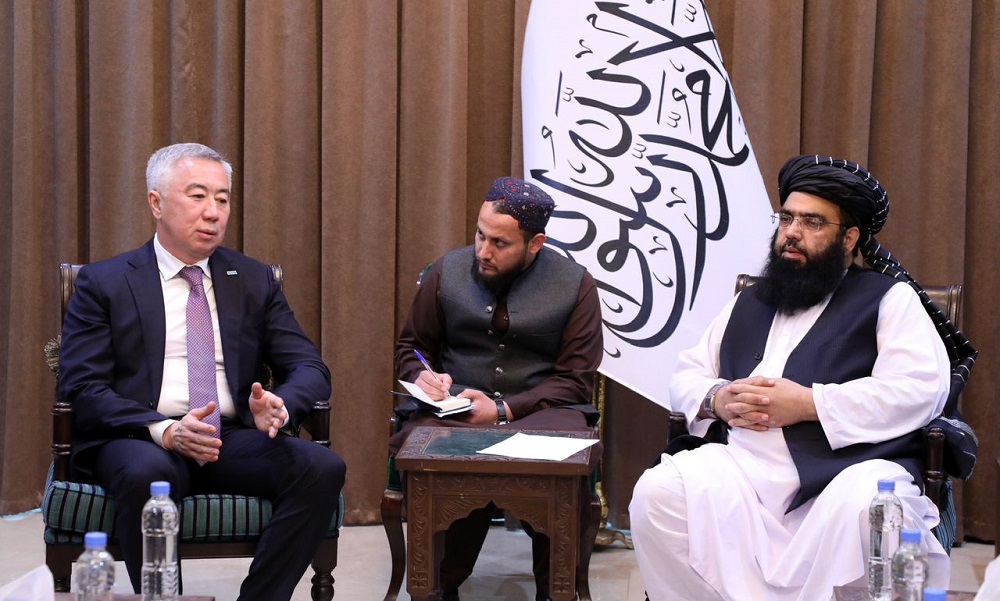
Mawlawi Abdul Kabir, Political Deputy Prime Minister, has said in a meeting with the Deputy Prime Minister of Kazakhstan in Kabul that regional countries should play their role in the implementation of large regional projects.
Kabir also invited Kazakh businessmen to invest in Afghanistan, his office said in a statement.
He added that the Islamic Emirate fully controls Afghanistan’s borders, has eliminated drugs and corruption, and restored national sovereignty.
According to the statement, Deputy Prime Minister of Kazakhstan Serik Zhumangarin appreciated the progress made by the Islamic Emirate in Afghanistan and said that his country is ready for long-term trade, transit and investment relations with Afghanistan.
Zhumangarin expressed his country’s readiness to grant scholarships to Afghan youth and added that Afghanistan is currently an example of a peaceful country in the region, and due to this, the world wants to establish relations with the Islamic Emirate in various fields.
He also called for the start of direct flights between Kabul and Almaty and said that his country is ready for bilateral cooperation with the Afghan government in the cultural field.
Latest News
Red Cross official seeks ‘staggered’ return of Afghan refugees from Pakistan
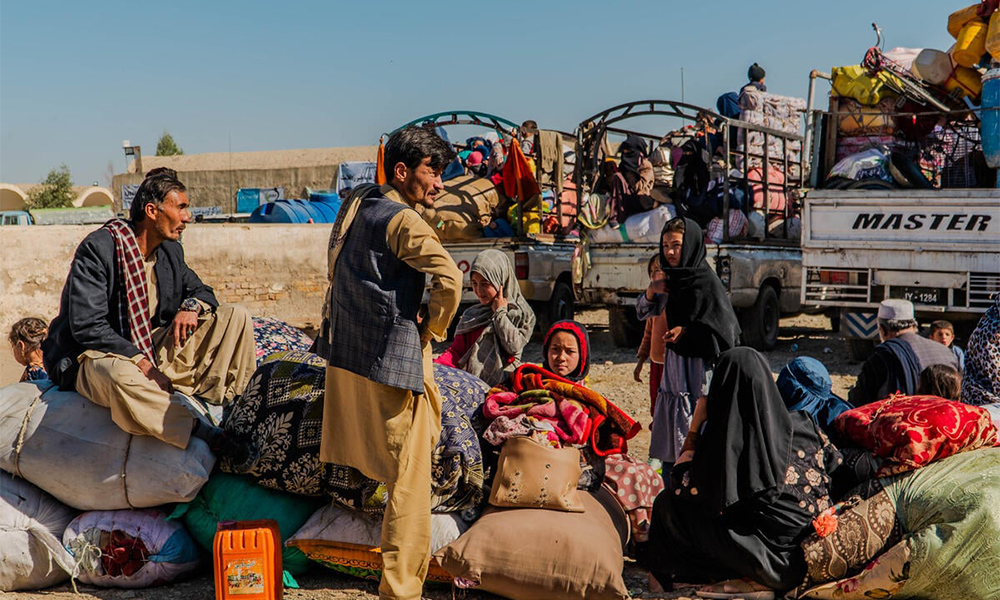
A senior Red Cross official has called for the return of Afghan refugees from Pakistan to occur “in a more staggered way” so Afghanistan can better absorb them.
“It will be important to work with the government of Pakistan in 2024 to ask that if there are going to be returnees,” that they arrive “in smaller numbers at a time just so it is more manageable on the Afghan side,” said Alexander Matheou, regional director, Asia Pacific Region for the International Federation of the Red Cross, Voice of America (VOA) reported on Saturday.
Speaking in the Qatari capital, Doha, Matheou told journalists on Friday the challenges facing Afghan returnees from Pakistan was one of several pressing issues he discussed with the officials of the Islamic Emirate in Kabul.
“You will be aware that over half a million have crossed the border over recent months, and it is likely that we will see large numbers of new arrivals in the coming months,” he said.
“I imagine this is probably the largest population flow in a short period of time in Asia since the population movement from Myanmar into Bangladesh in 2017,” he added. “So, it is a significant event.”
Since October, Pakistan has expelled more than 500,000 Afghan refugees who lacked proper documentation.
Matheou noted many of the returnees have lived in Pakistan for decades and are ill-equipped to begin a new life in a country that to them is unknown, without government or international support.
He described the returnees as being in generally poor health, especially the children, who account for nearly half of all returnees.
“The evidence of that was we visited clinics where they reported a real spike in cases of acute malnutrition coming from the arrivals from Pakistan.
“We visited routine immunization programs of the IFRC and the Afghan Red Crescent in the villages, and there it was clear looking at the children that as well as being anemic, you could see wasting and stunting among the children,” he said.
Latest News
Turkmenistan committed to complete TAPI energy project
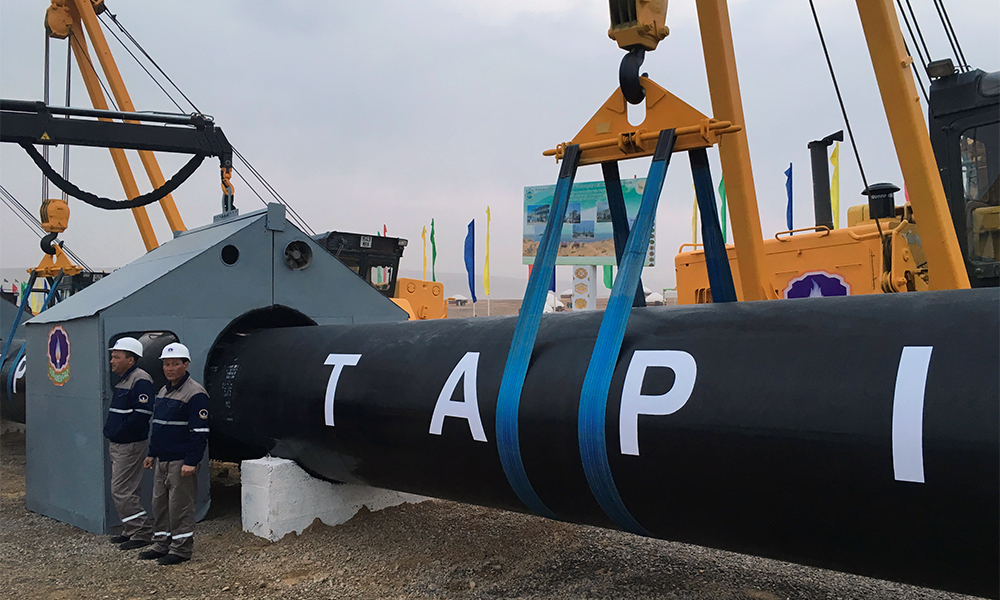
Turkmenistan is committed to complete the Turkmenistan–Afghanistan– Pakistan–India (TAPI) energy project together with the regional countries, Muhammetmyrat Amanov, CEO of TAPI Pipeline Company Limited, said.
“Turkmenistan is making significant progress on the TAPI natural gas pipeline, which aims to supply 33 billion cubic meters annually to South Asia” Amanov said speaking at the Turkmen Energy Investment Forum (TEIF 2024) in Paris.
He highlighted that the Turkmenistan section of the pipeline is complete and the ongoing discussions to advance the project beyond Turkmenistan are in strict alignment with international standards.
Amanov said the project emphasizes environmental sustainability by leveraging natural gas to reduce emissions significantly compared to coal and oil, thereby tackling indoor pollution and enhancing regional air quality.
“In light of the ongoing project developments, Turkmenistan remains committed to upholding international law, fulfilling its obligations, and adhering to international norms and regulations,” he stressed.
-
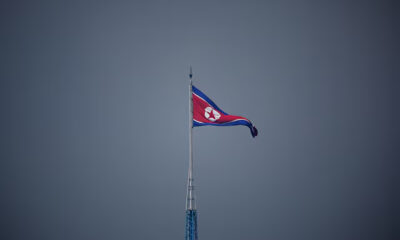
 World4 days ago
World4 days agoNorth Korea officials visit Iran in a rare public trip
-

 Sport4 days ago
Sport4 days ago‘Serious talent’ Fraser-McGurk bonds with Warner to light up IPL
-

 Latest News4 days ago
Latest News4 days agoOver 1,000 Afghan refugees forced out of Pakistan in one day
-

 Sport2 days ago
Sport2 days agoAfghanistan beat Iraq 5-3, inch closer to Futsal World Cup berth
-

 Regional2 days ago
Regional2 days agoNew UK sanctions target Iranian drone industry
-

 Regional3 days ago
Regional3 days agoTurkey accuses U.S. of double standards over Gaza in rights report
-

 Latest News2 days ago
Latest News2 days agoEU allocates 17 million euros to support Afghans on the move
-

 Latest News1 day ago
Latest News1 day agoPakistan extends registered Afghan refugees’ stay till June 30
















